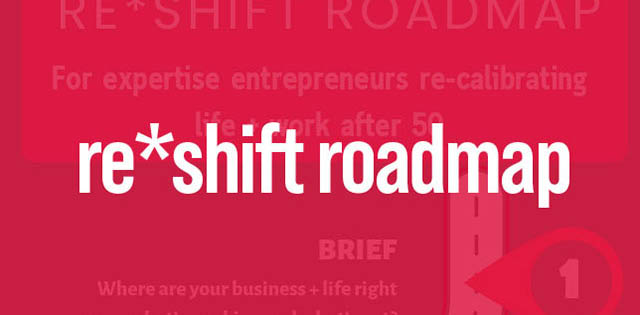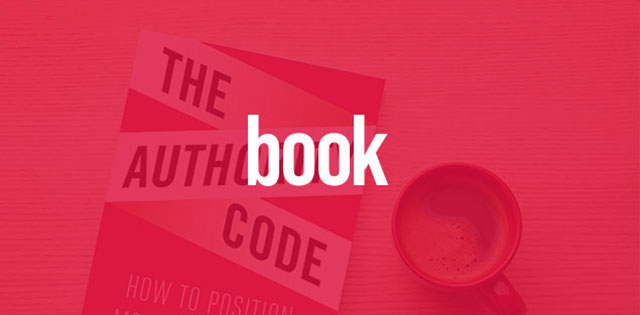Four Ways To Think About Your Future Book (Before Writing A Word)
- July 6, 2022
- Posted by: Rochelle
- Category: Books + Products

When you’re committed to building authority, at some point you’ll be ready to write a book.
And just like you wouldn’t add a new service line that required hundreds of hours of investment without a strategy—you don’t want to dive into writing your book with no real goal or intention for how you’ll use the book in your business.
How will it fit with your revenue model? How will you recoup your time and the hard costs involved with writing, publishing and marketing your book?
These are questions you want to think about before narrowing down the scope of your book, much less playing with titles.
Consider four different ways to position your book within your current business:
Book as business card. This tends to make most sense if you’re relatively new in a crowded, competitive field and want to put yourself squarely on the map.
You design your book to serve as your entrée to clients—and hook to the media. Probably self-published, you’ll often give it away to encourage connections and relationships that will lead to revenue down the road.
Book as a feeder system into your services. A $20 book is far cheaper than a $500 digital product, a $10,000 consulting gig or a $20,000 workshop.
Having the right book gives your ideal audience a way to experience you and your work without risk. You’ll make your money not on the book itself, but on the satisfied readers who buy your other products and services.
Book as a statement-maker. This might be for you if you’ve built considerable intellectual property in the course of your work.
Maybe you’ve written articles and host a successful podcast, but are looking for the “statement” of a book. You want the gravitas—and visibility—of a well-written, well-marketed book.
Your financial return comes in the form of easier product and service sales (clients and buyers know who you are and find you quickly) and being able to charge higher fees.
Book as significant revenue generator. While it’s tough to count on, your book just may morph into a serious stand-alone revenue source.
You can increase those odds when you have an existing specialty audience and you’re delivering a deeply targeted book that introduces a compelling new idea and/or produces transformational outcomes.
Maybe you price it “high” as a book—say it’s a $125 optional companion piece to a workshop or a stand-alone $50 product you sell only on your website.
The thing is, you want to decide which of these four strategies makes sense for you well before you start writing.
Because before investing in your book, you’ll want a crystal clear picture of how it will strategically contribute to your business while waving the flag for the revolution you’re leading.
p.s. Like what you see here? Head on up to that orange bar to sign up pronto and I’ll deliver my weekly insights directly to your in-box.






